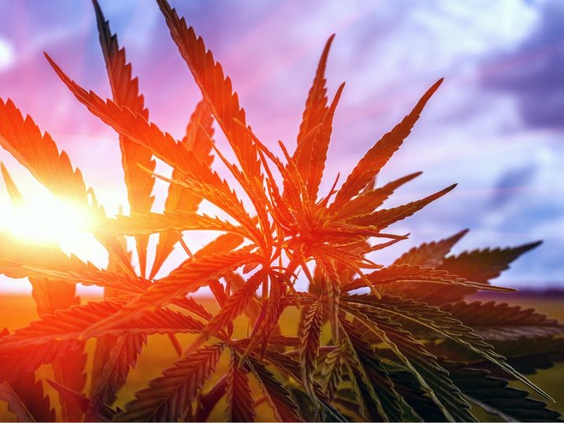You are here
Home 🌿 Cannabis Technology News 🌿 Tackling the agronomic challenges of cannabis production 🌿Tackling the agronomic challenges of cannabis production

The cannabis industry has taken investors and producers on quite a ride since it was legalized in Canada in 2018. What exactly does it take to grow this unique crop, and what challenges do licensed producers face in this industry?
Bill MacDonald, professor and coordinator of the Commercial Cannabis Production Program at Niagara College Canada, recently joined Bernard Tobin to talk about his recent presentation at the Ontario Certified Crop Advisors virtual conference last month.
“(Cannabis) is very similar to a greenhouse grown chrysanthemum or poinsettia: they need long days to producer vegetative growth, and when they have short days — 12 hours or less — they go into flower,” explains MacDonald. “They can also be grown outdoors and as you come into the fall, and shorter days they naturally trigger the flower.”
Really, the crop is grown for its flower, and on the flowers are trichomes — which contain the THC, CBD, and fragrant terpenes.
Top operations in the past were primarily greenhouses, but MacDonald says that field crop production is two to three times the size of greenhouse production now.
There are significant challenges with growing cannabis — powdery mildew or botrytis, for example — and the historic, clandestine nature of the industry has added to the challenges.
“There’s been a lot of breeding and there’s been a lot of clandestine breeding — the whole focus has been on THC,” says MacDonald. “Say back in the 1970s you might’ve had three to four per cent THC and now we’re 20, 25, even hitting 30 per cent THC.”
All of the breeding efforts so far have gone towards developing higher THC concentrations and not towards disease management. Furthermore, illegal pesticides were used, so the effect on the final product was unknown. Now that it’s in a legal market, “soft pesticides” are used for control, but what MacDonald thinks the cannabis industry needs is breeding programs for resistance against powdery mildew and botrytis.
Listen into the full conversation for more on what it takes to be a leader in the cannabis industry, scaling up, and an “Agronomy 101” for cannabis, story continues below:
Like many other field crops, cannabis have their own insects to battle against — the cannabis aphid. It’s not just a nickname given to an adaptive pest, it’s specific to cannabis.
“If you’re a field producer of soybeans, you actually have chemical sprays to control your aphids,” says MacDonald. “In the cannabis industry, you have to realize that we’re really regulated as a pharmaceutical, we’re under Health Canada regulations, and so to control something like the cannabis aphid, you need biocontrol to control it.”
A small wasp, say like the one to control green peach aphid, isn’t effective against cannabis aphid. The research has to catch up for this particular issue.
420 Intel is Your Source for Marijuana News
420 Intel Canada is your leading news source for the Canadian cannabis industry. Get the latest updates on Canadian cannabis stocks and developments on how Canada continues to be a major player in the worldwide recreational and medical cannabis industry.
420 Intel Canada is the Canadian Industry news outlet that will keep you updated on how these Canadian developments in recreational and medical marijuana will impact the country and the world. Our commitment is to bring you the most important cannabis news stories from across Canada every day of the week.
Marijuana industry news is a constant endeavor with new developments each day. For marijuana news across the True North, 420 Intel Canada promises to bring you quality, Canadian, cannabis industry news.
You can get 420 Intel news delivered directly to your inbox by signing up for our daily marijuana news, ensuring you’re always kept up to date on the ever-changing cannabis industry. To stay even better informed about marijuana legalization news follow us on Twitter, Facebook and LinkedIn.




